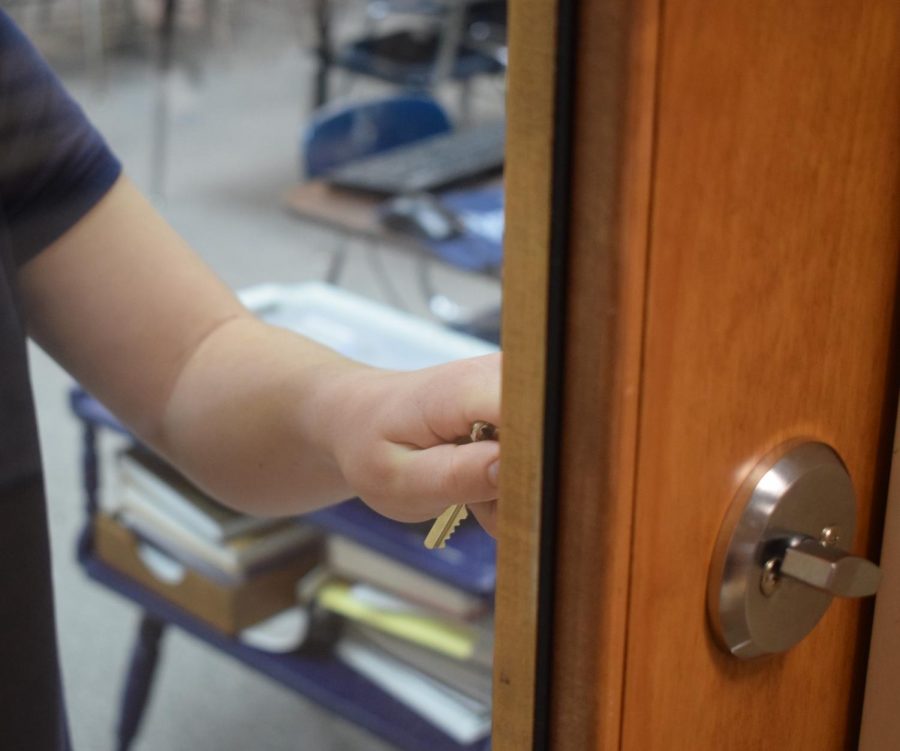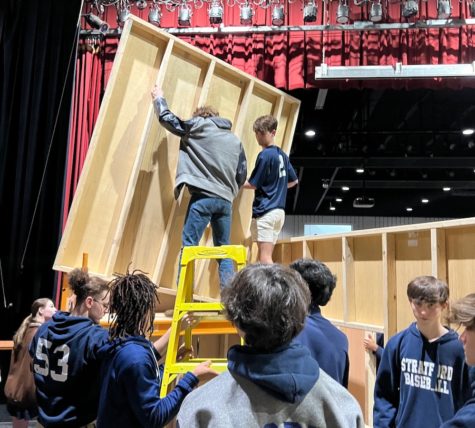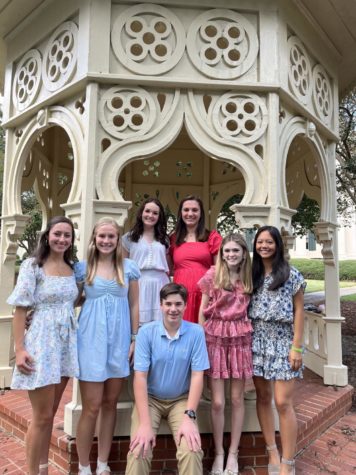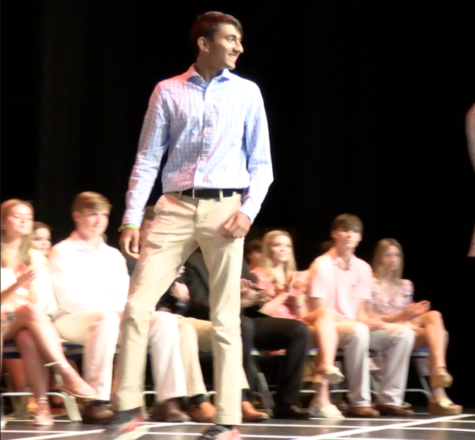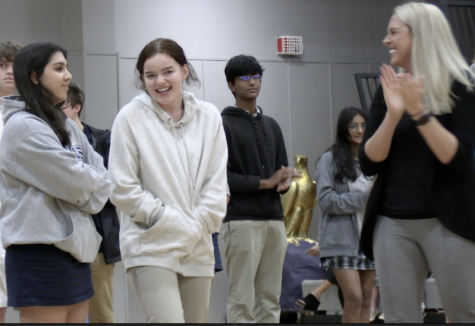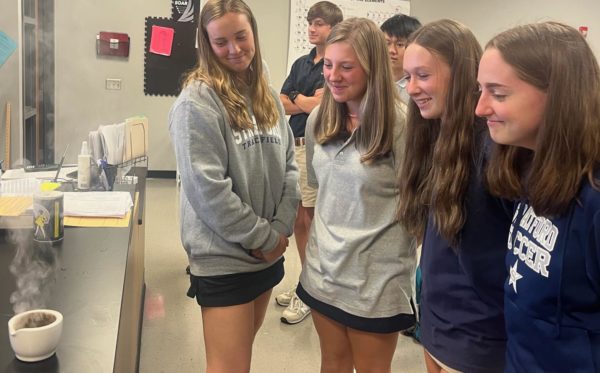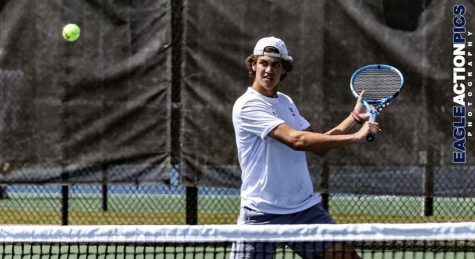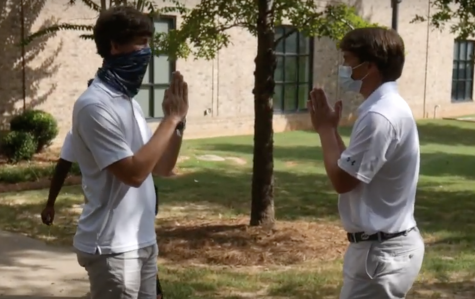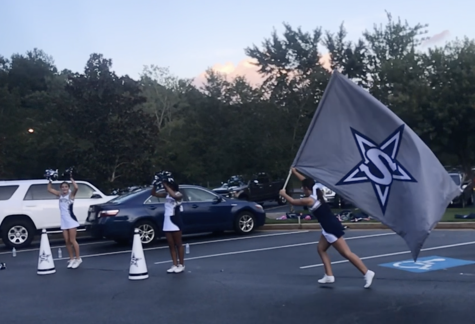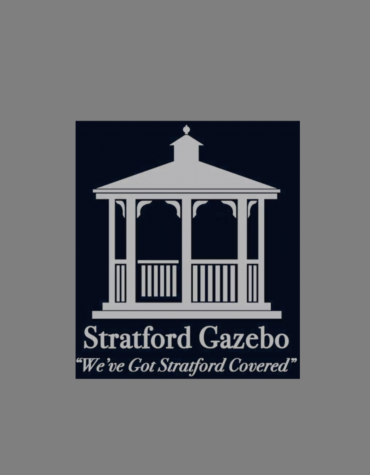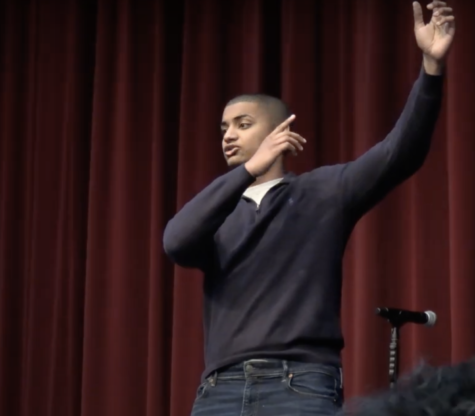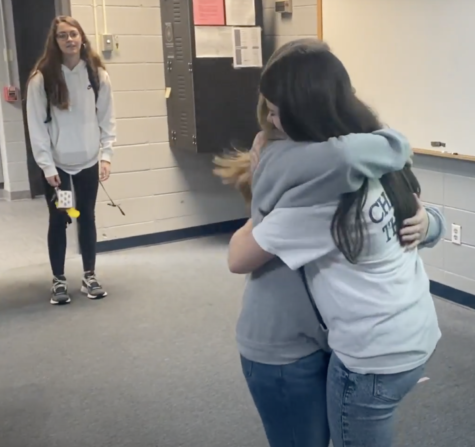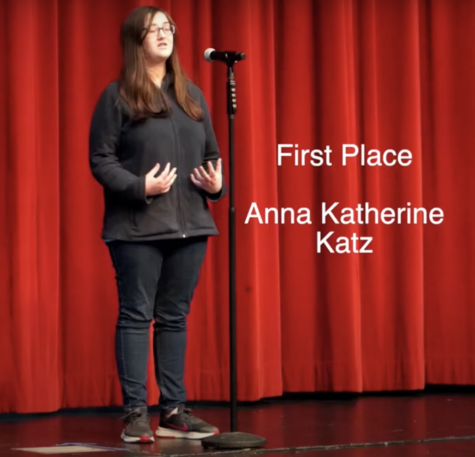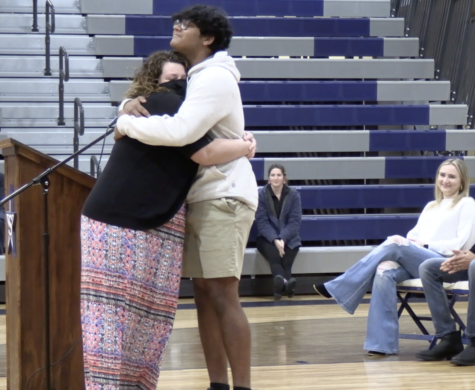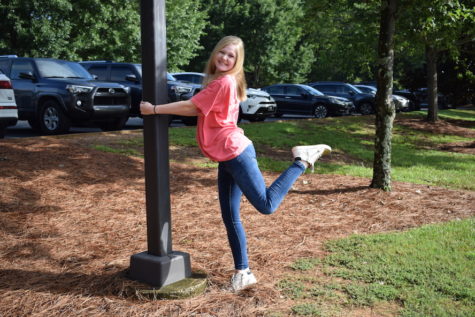New policy on locked doors causes comfort, concerns
Stratford has implemented a new policy that requires all teachers to lock their doors during class time. The new rule went into effect on Sept. 20.
This is another step the school is taking in preparation for a potential school shooting threat in the future. However, despite the extra sense of safety in the classroom, many concerns have been raised from students and faculty regarding the actual effectiveness of the policy, as well as the disruption it causes whenever someone has to leave and enter the room.
Junior Lila McCord thinks the policy is “good in theory, but the more [she thinks] about it, the less it makes sense.” Like many other students, she questions the ability of a locked door to “protect us if [a potential shooter] is armed, especially if they have a key since it’s the same key for every room.”
Despite its inconvenience, there are so many precious lives here that we have the obligation to protect.
— Mrs. Theresa Ferrari
Another junior, EmmaJane Canady, agrees, adding “it would probably be a student if anyone and half the students here have ways to get into the school.”
From a teacher’s perspective, the biggest problem with the new rule is the disruption is caused during class and the inconvenience it causes teachers to think about when they even remember to lock them. Science teacher, Ms. Kinsey Peterson, said she understands why the rule is being put in place and recognizes “it would keep us safer in an emergency, but it seems inconvenient for people trying to come into the classroom during class time.” She added she “just [forgets] to lock them a bunch.”
Just forgetting to lock the door is another concern from English teacher, Mrs. Michelle Fleming. She agreed it causes many disruptions during class for her to have to go manually unlock and lock the door with her key every time someone has to run to the restroom. Mrs. Fleming also has a son, Chandler, in middle school. From a parent’s perspective, she worries “if a shooting occurs, and a child is left in the hallway with all the doors locked, they have nowhere to go.”
While this is a sad truth, she said she is “not opening the door to see who’s in the halls if a gun or fire alarm goes off” because it would put the kids in her room in more danger. “One death is too many, and if 95 percent [of school shootings] are done by people in the community that want to do harm, they’ll know the time to do it,” Mrs. Fleming said. She suggested practicing lockdown drills outside of class. “If something happens while students are in a classroom, they already know what to do,” she said. Mrs. Fleming said the school never has had a lockdown drill in a communal area.” If someone wanted to do harm and kill as many people as possible, the best time for them would be in between classes or during breaks and assemblies, and there are no plans in place for that possibility,” she said.
Math teacher, Mr. Griff Etheridge, who is currently working his 47th year at Stratford, shared an interesting point of view on this subject. He said it is upsetting how much the times have changed since he’s been here, and the fact that this threat is something we have to actively prepare for every day is sad.
However, he acknowledges that “to people who want to do harm, [locking the doors] is a deterrent. [He’s] more than willing to follow and support it if it keeps people from getting hurt.” Along with his concern it disrupts class to let in late students, he also brings up the issue with his classroom door that doesn’t have a window in it like some of the others. He believes “it makes it difficult because you have to make a decision about what to do when someone knocks on the door. Even if they say who it is, you still don’t know.” This is another common concern among both students and faculty as well.
To address some comments and opinions made by the many people over the past couple of weeks, Head of School Mr. Logan Bowlds and Head of Upper School Mrs. Theresa Ferrari had much information to share on the decision to make this change for the betterment and safety of everyone.
Mrs. Ferrari said “the immediate impetus for the change was that [Mr. Bowlds and Mrs. Donna Kay McGoldrick] attended a school safety meeting and they were informed about how the one deterrent to people losing their lives in a school shooting is closed doors.” After this meeting, the administration decided “the time had come” since “the number one priority is the safety of the student body.” While she understands that this policy does cause a disruption in the classroom, we’d be naive to not do our best to protect our students “since 95 percent of school shooting victims are in classrooms with open doors.
Mrs. Ferrari also said that since this policy was put into action, a plan has been made to replace all of the doorknobs from manual keys to push-button locks which will make every door lock automatically from the outside. This should decrease the disruption in class of someone having to wait to leave the classroom, but they will still have to knock to come back inside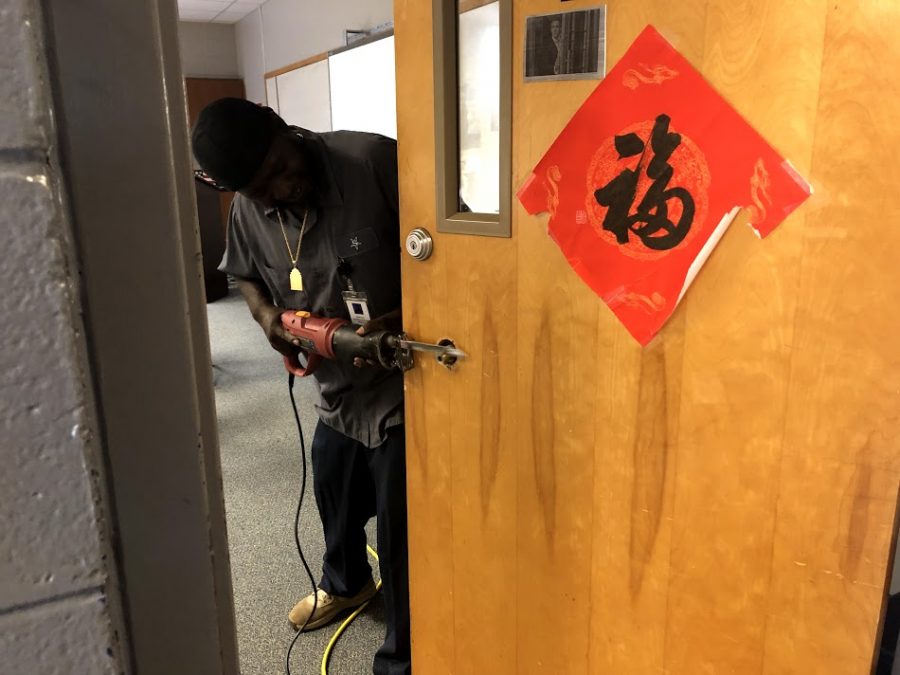
This compromise is just “a necessary evil and unfortunately the time we live in,” and “despite its inconvenience, there are so many precious lives here that we have the obligation to protect.” She used the analogy that this policy is the same as “washing your hands, putting on a seatbelt. If it can help, even though it may be an inconvenience, then it’s worth doing.” She also made the comparison that a flu shot is supposed to protect you from the flu. You still might get the flu, but the chances of you contracting the illness decrease dramatically by protecting yourself.
“Unfortunately, we live in a time where school shootings are way too frequent, and it seems like every time we turn on the news, there’s been another incident,” Mr. Bowlds said. He reached out to other local heads of school, as well as businesses and security professionals, who said the simplest way to protect the majority of people in your building is with a locked door.
Mr. Bowlds said the concession is that this, of course, cannot keep everyone safe at all times, such as if a student happens to be in a hallway or a restroom, they are not covered.
Mr. Bowlds has learned, however, that most school shootings begin and end in approximately four minutes, so “time is not on their side.” As soon as the first shot goes off, the police will be there very soon, so if they want to do harm and run into a locked door, there is a high chance they will keep moving until they find an open one.
He responded to many people’s argument that the doorknobs can potentially be shot off by adding that “unless the shooter is in the school with a specific target, they are not going to waste time trying to break down a door.” Also, studies have shown that the amount of school shooters with specific targets is very small. Mr. Bowlds also recognizes that “it is a huge pain in the butt,” especially for younger students who are more easily distracted by disruptions of teachers going to let people in and out. However, he thinks this new policy in place is “worth the headache” and it “will protect the most amounts of people on our campus.”
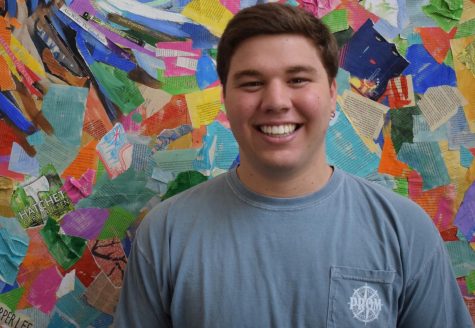
Matt Newberry is a senior and has been at Stratford Academy for 14 years. He is a first-year Gazebo student and is currently a Staff Writer. Matt holds...



